SHARRYLAND











Where
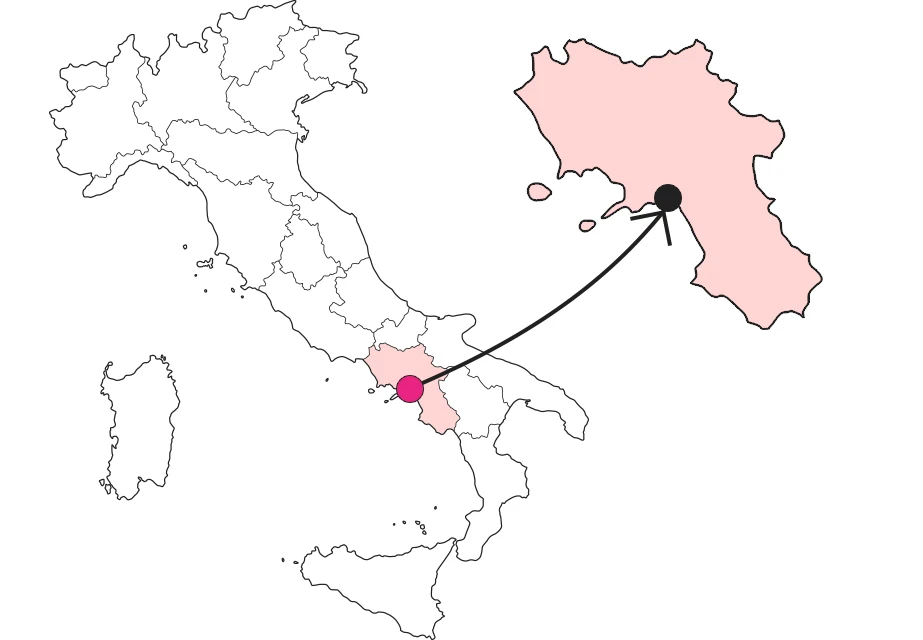
The fifth day takes us away from the river to push almost to the edge of its valley, and get acquainted with one of its tributaries, the White River. This day will actually also tell us about the history of the Tanagro Valley.
The Middle Ages in Caggiano
Let's begin with a very fascinating era, the Middle Ages: from Auletta we leave the Tanagro behind to arrive in Caggiano, a typical village that was formed close to the castle that still watches over the town. However, walking through the streets of the center it may happen to run into some strange sign, like a message disguised among the stones of Caggiano. The most attentive will recognize in this pattern the symbolism used by the Knights Templar, who actually had their own temple here in Caggiano, now lost. One could linger among these stones for days, but today we have a little more road ahead of us, and it is good to get back on the road in the direction of Romagnano al Monte.
 Door wide open in Romagnano al Monte: neither outside nor inside
Door wide open in Romagnano al Monte: neither outside nor insideRomagnano al Monte: fragments of that November 23.
From a distance we seem to see only a rather jagged ridge, with spikes of rock rising haphazardly from the mountain. As we get closer, however, the image before our eyes becomes clearer: those rock outcroppings often shrouded in the green of some creeper are actually ruins, and quite recent ones at that. In the 16 kilometers or so that separate Caggiano from Romagnano al Monte, we have encountered the Fiume Bianco, a tributary of the Tanagro, but above all, we have leapt forward centuries, and arrived at a time that many people remember: 1980. The old village, now a ghost and museum of itself, begs to be passed through in silence. Doors and windows wide open to nowhere and crumbling walls make it impossible to distinguish interior and exterior. The rooms, once the center of family life, now remain exposed to the elements, and to the gaze of those who cannot even imagine what it might be like to have to flee their home one evening, never to return. But life goes on, as witnessed by the still well-preserved and inhabited part of Romagnano al Monte, and so does our road. It takes us northwest and plunges us into a very distant past.
Ancient Volcei
We are in Buccino, a millennia-old village: although at first glance it appears to be a medieval structure, complete with a Norman castle, its real wealth is its archaeological heritage, a tale that spans from the Neolithic to the late Roman age. Visiting the archaeological park in the center of town or the National Archaeological Museum housed in the Hermit monastery of St. Augustine, one comes into contact with ancient Volcei. What is surprising, however, is the dense interweaving of structures from different eras, almost a temporal kaleidoscope worthy of a movie!
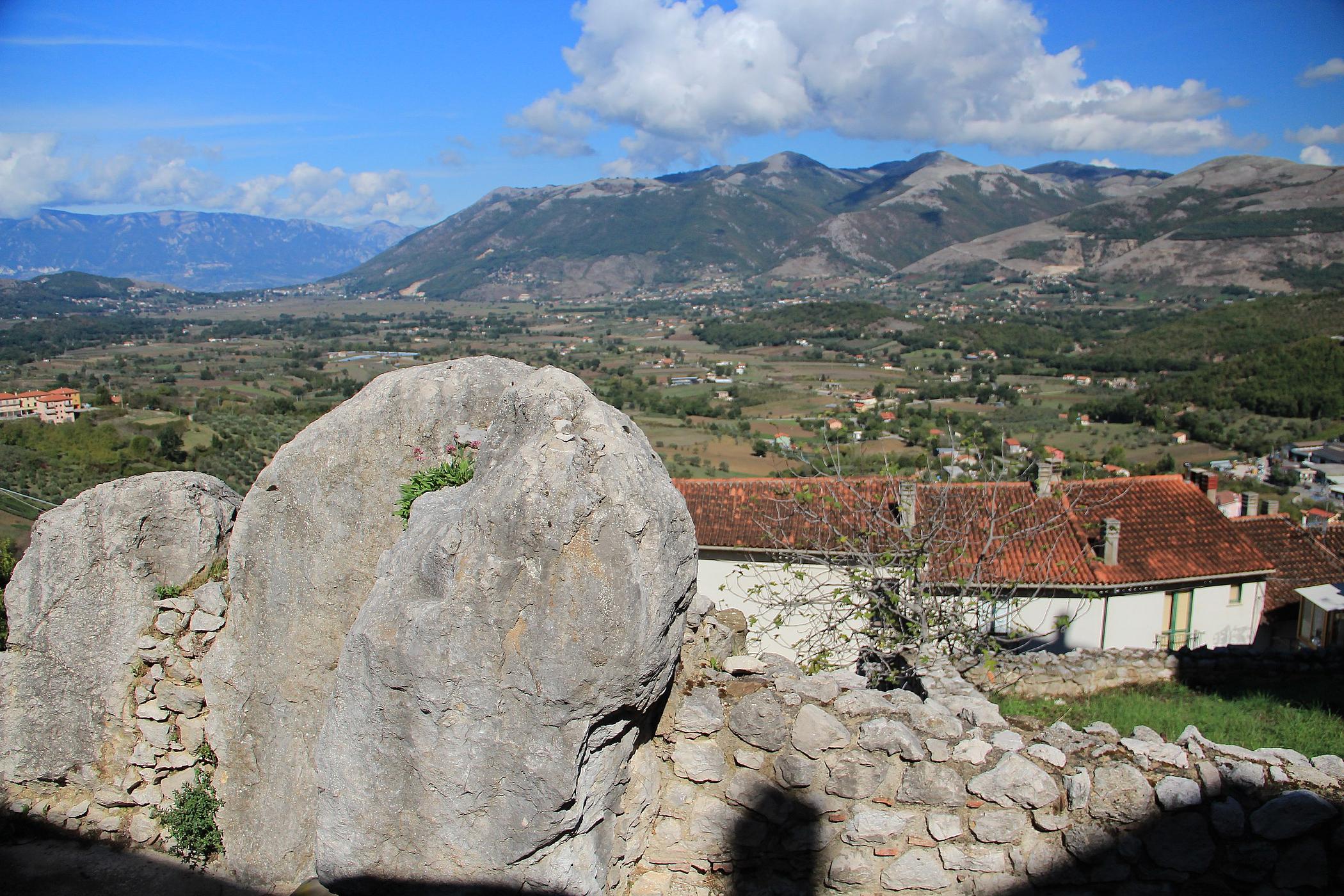 Ancient Volcei
Ancient VolceiAfter such a busy trip, it is good to indulge in a dinner of local delicacies, so today we offer you a tasty and energetic dish, the "Migliaccio Praianese," whose ingredients we reveal: ziti and bucatini, semolone, lard, eggs, mozzarella or fresh caciocavallo, caciotta or pecorino, smoked sausage and a touch of cinnamon...
Enter the Map of Italy's Undiscovered Wonders and find treasures where you least expect it... Inspire, Recommend, Share...
Collections
The Map thanks:
In the Community
Enter the Map of Italy's Undiscovered Wonders and find treasures where you least expect it... Inspire, Recommend, Share...
Discovering the Tanagro
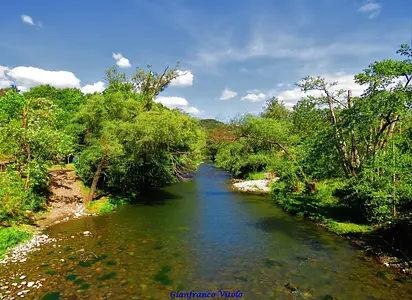
INTRODUZIONE
Discovering the Tanagro
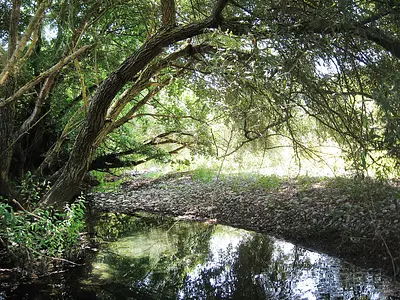
2 di 7
The adventure begins: the first meeting with the Tanagro

3 di 7
Casalbuono to Sala Consilina

4 di 7
From Sala Consilina to Pertosa
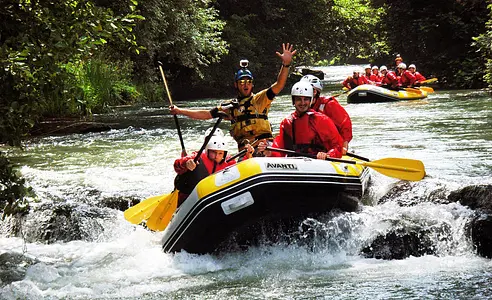
5 di 7
From Pertosa to Auletta
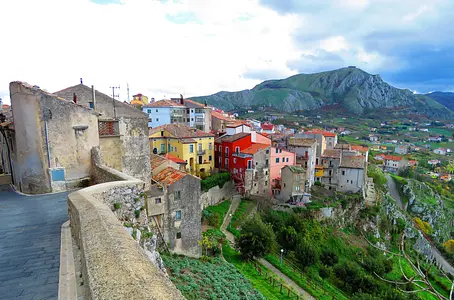
6 di 7
Auletta to Buccino
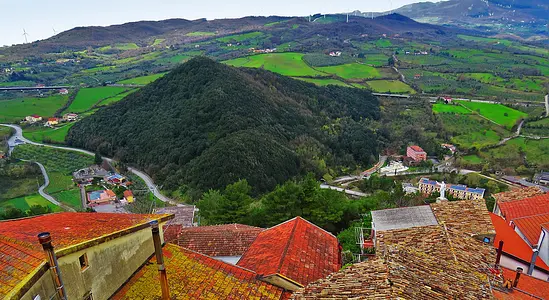
7 di 7
Buccino to Contursi Terme
Where

Collections



